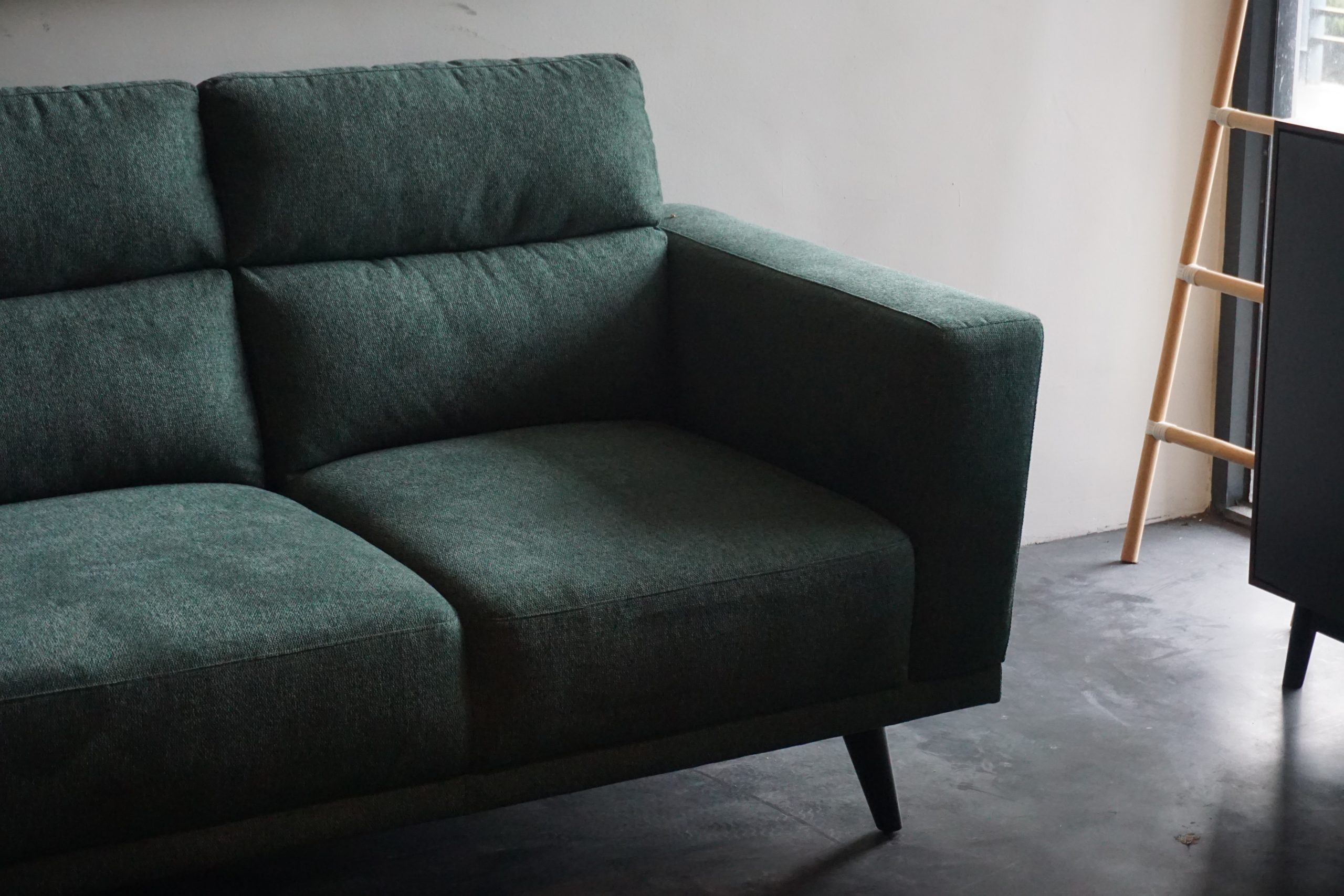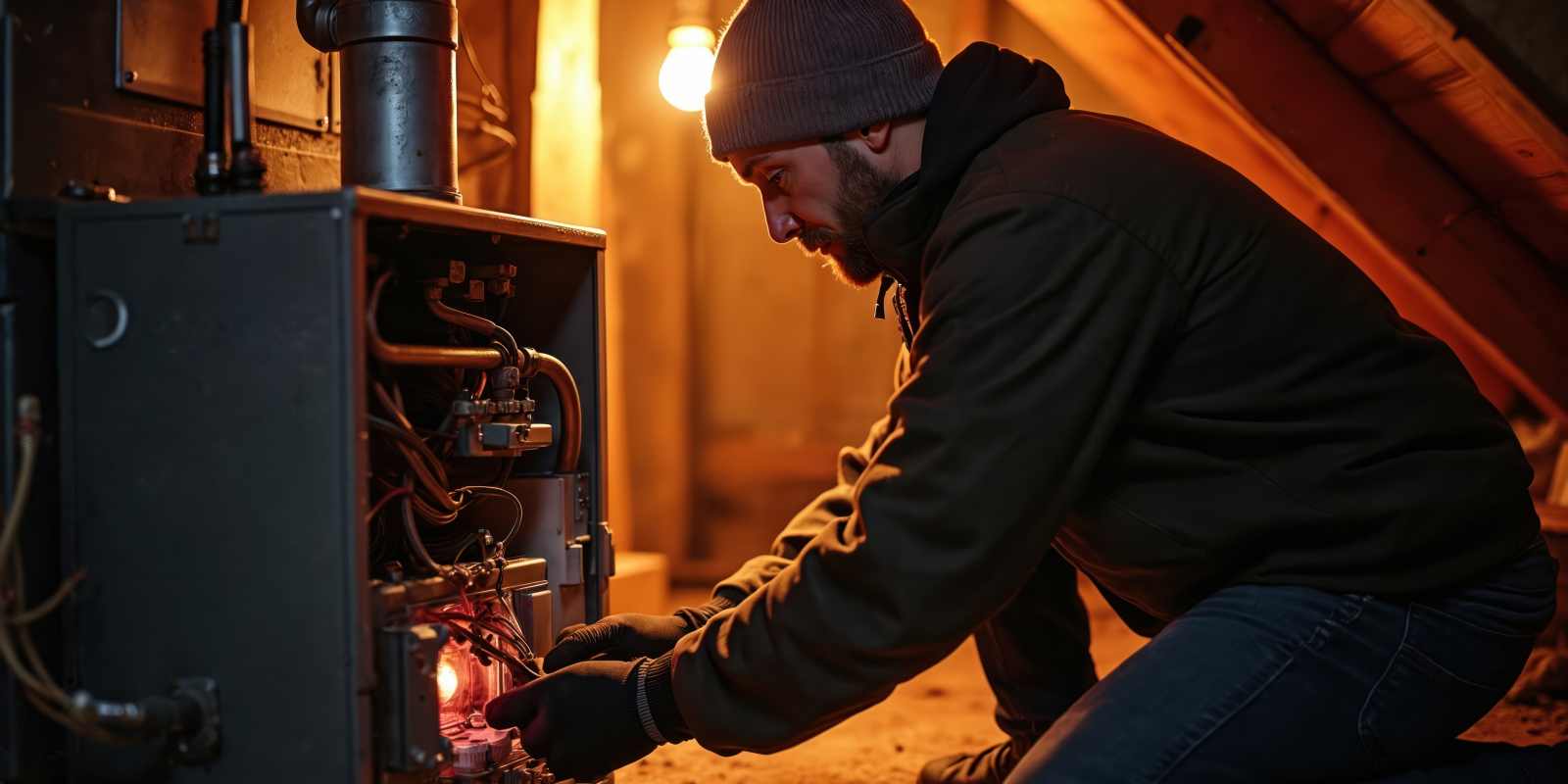
Nothing interrupts a relaxing evening like a surprise spill on your furniture. Cleaning upholstery without damaging the material can be stressful when acting quickly to mitigate any potential stains. Beyond spills, if you have pets you’ll be familiar with the perpetual shedding of hair on all of your furniture. Fortunately, cleaning your upholstery is fairly simple as long as you are familiar with its materials:
Dealing with Spills
The rule of thumb for dealing with any spills is to handle it immediately. However, be sure to know what your upholstery is made of to avoid damaging the material. Here are some ways to clean common materials:
-
Polyester, cotton and microfiber: Polyester, cotton, and microfiber are some of the easiest materials to spot clean. Blot the area to soak up any liquid before following with a damp cloth using water, vinegar, or mild detergent to dab the area. Just make sure to avoid rubbing the material since it can embed the spill into the the fibers.
-
Suede: Suede requires extra care when cleaning. Avoid using water on spill and stains, instead opting for a small amount of vinegar or baking soda. Avoid rubbing the suede and for small spills, blot and twist gently to pick up any residue. For tougher spills such as coffee or juice, apply baking soda to the area to absorb the spill and always finish with a suede brush.
-
Leather: Leather furniture needs to be cleaned minimally with a damp rag or with specialized conditioning products. The most important thing is to keep the leather hydrated, so avoid any harsh chemicals, too much water, or abrasive sponges.
-
Velvet: You should never attempt to clean velvet on your own as it is extremely easy to damage. However, if your furniture has synthetic velvet made out of polyester or cotton, you can gently clean the surface with a damp paper towel or a light steam if you have a hand-held steamer. Be sure to not apply too much force, get the material too hot, or disrupt the fibers to avoid damaging the material.
Dealing with Pet Hair
Whether you have cats, dogs, or other furry friends, pet hair inevitably finds its way onto all of your furniture. However, cleaning up pet hair is fairly easy using a variety of methods:
-
Vacuum: The easiest way to clean pet hair from your upholstery is to use a handheld vacuum with a pet hair attachment. If you have a vacuum attachment designed for this, begin by vacuuming the material before removing any cushions to clean below.
-
Dryer Sheets: If you don’t have a vacuum with a pet hair attachment, you can use a dryer sheet to wipe up loose hair while giving your furniture a fresh scent.
-
Tape: Another easy method to picking up pet hair is by dabbing your upholstery with tape wrapped around your hand, or by using a lint roller found at many stores. Just make sure that the tape wont leave behind any residue or damage the material.
-
Damp Cloth: Depending on the material of your upholstery, you can wipe up hair with a damp cloth. Just make sure that the material can get wet.
Keep Your Upholstery Clean
Since we spend so much of our time on our couches or chairs, a spill here or there is bound to happen at some point, not to mention the accumulation of grime and dirt. Try to clean your upholstery at least once a year, if not more, to improve the health and appearance of your home. Some upholstery may have a stain that is too difficult or dangerous to remove which will require a professional cleaning service to restore without damage. Get to know the material of your furniture so you can be prepared and avoid any extra hassle and worry when cleaning.



